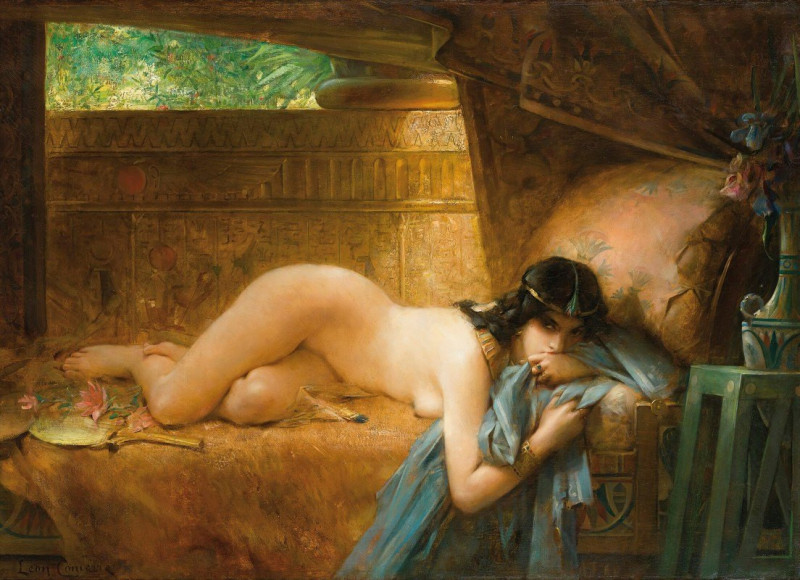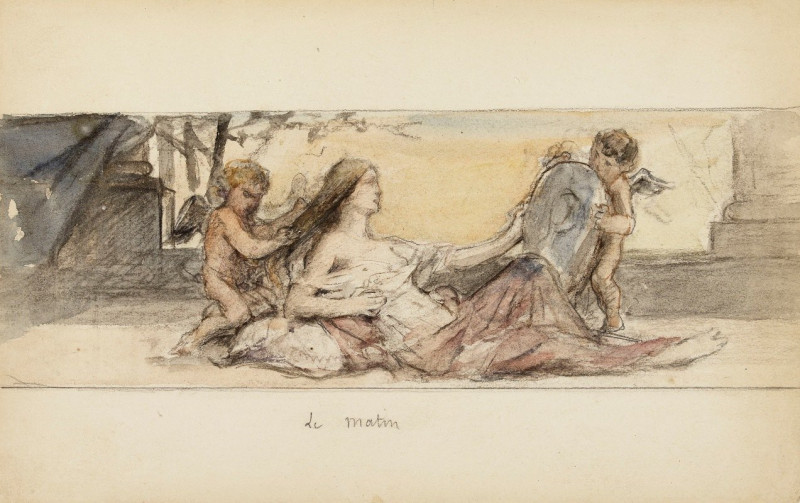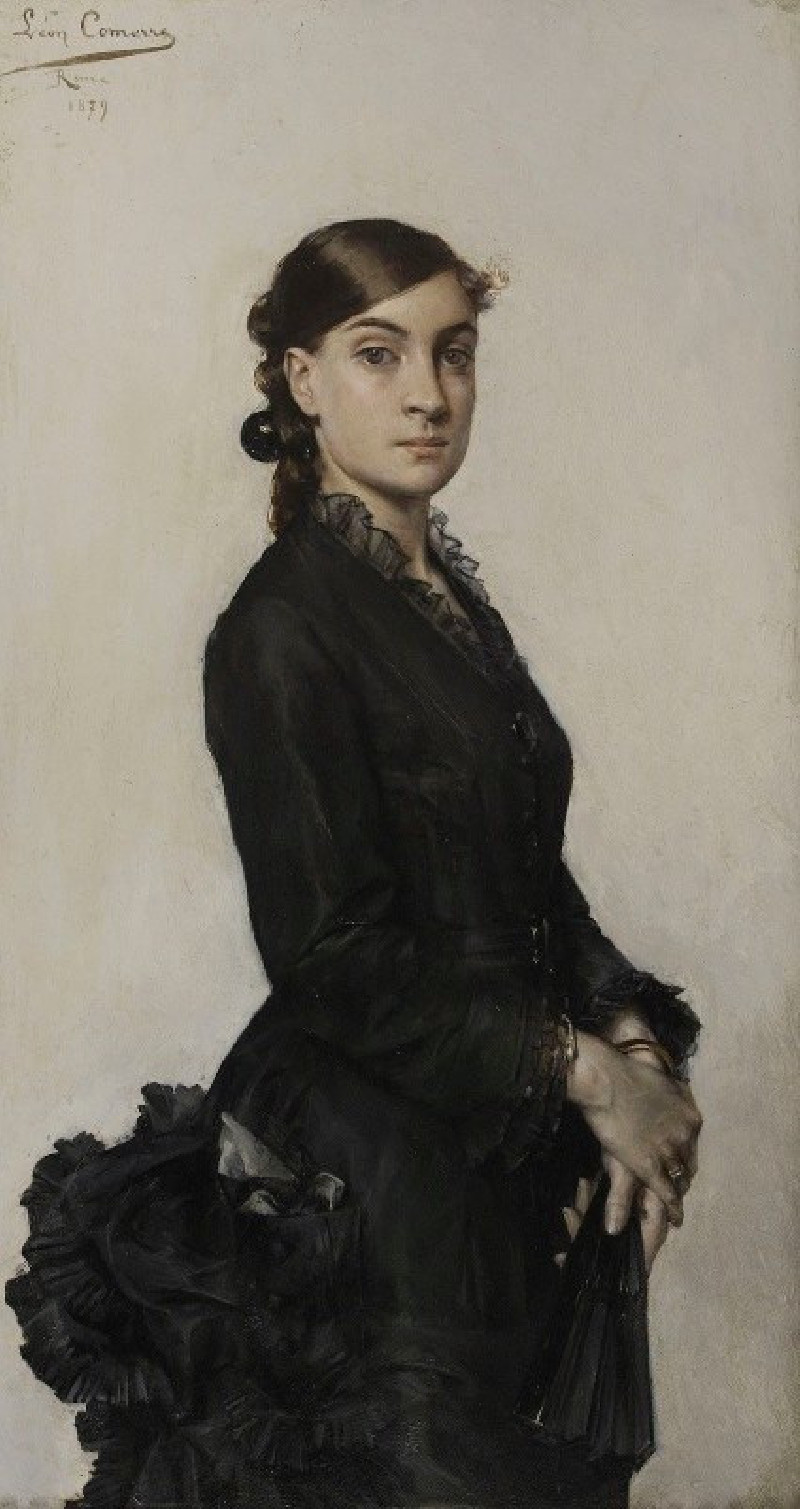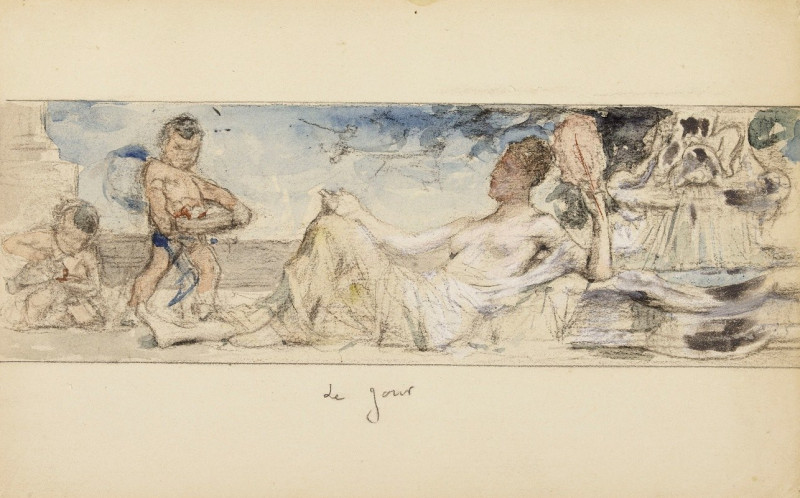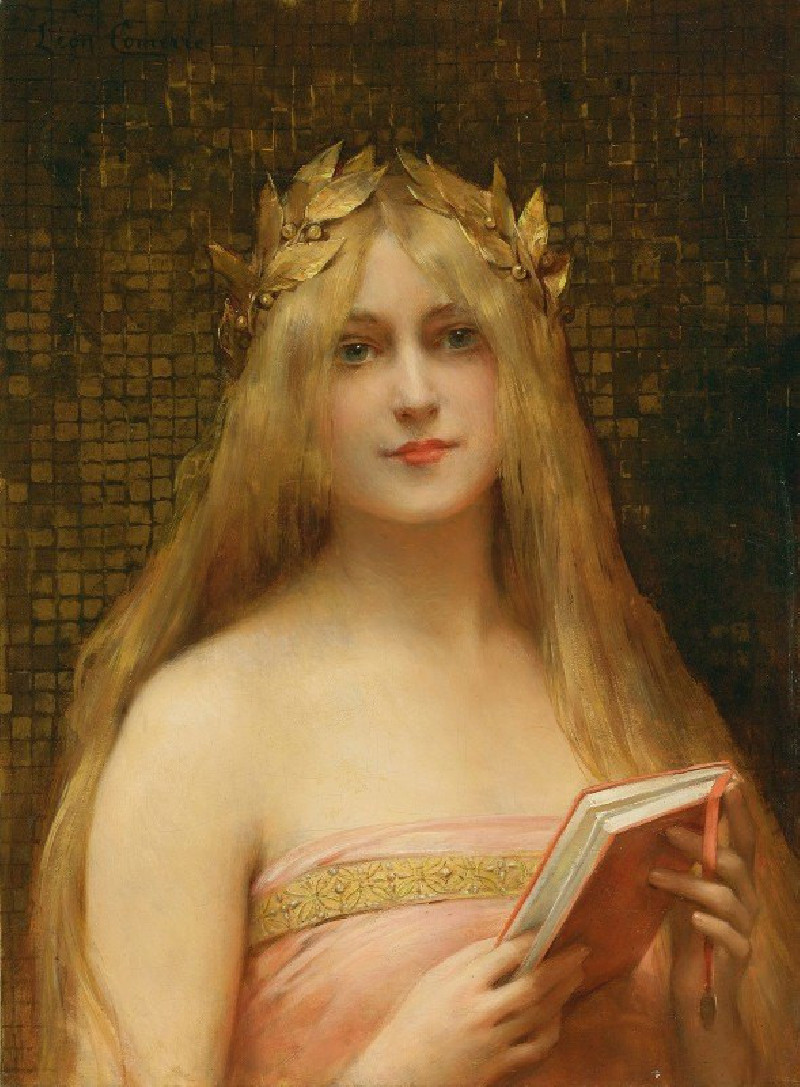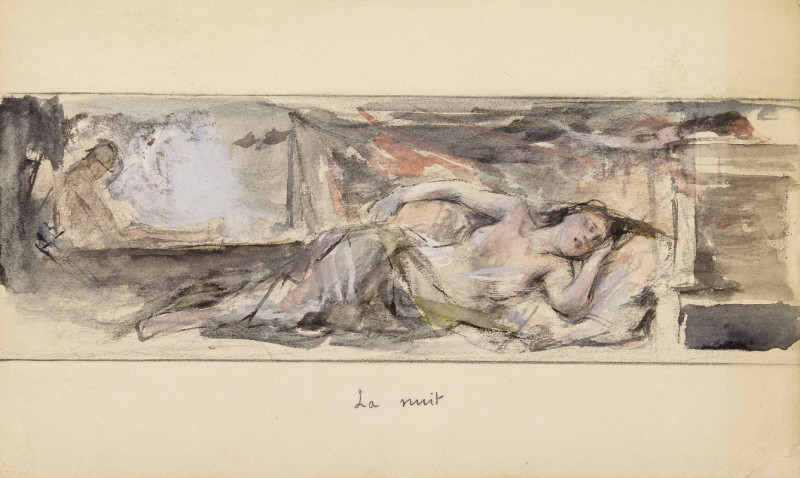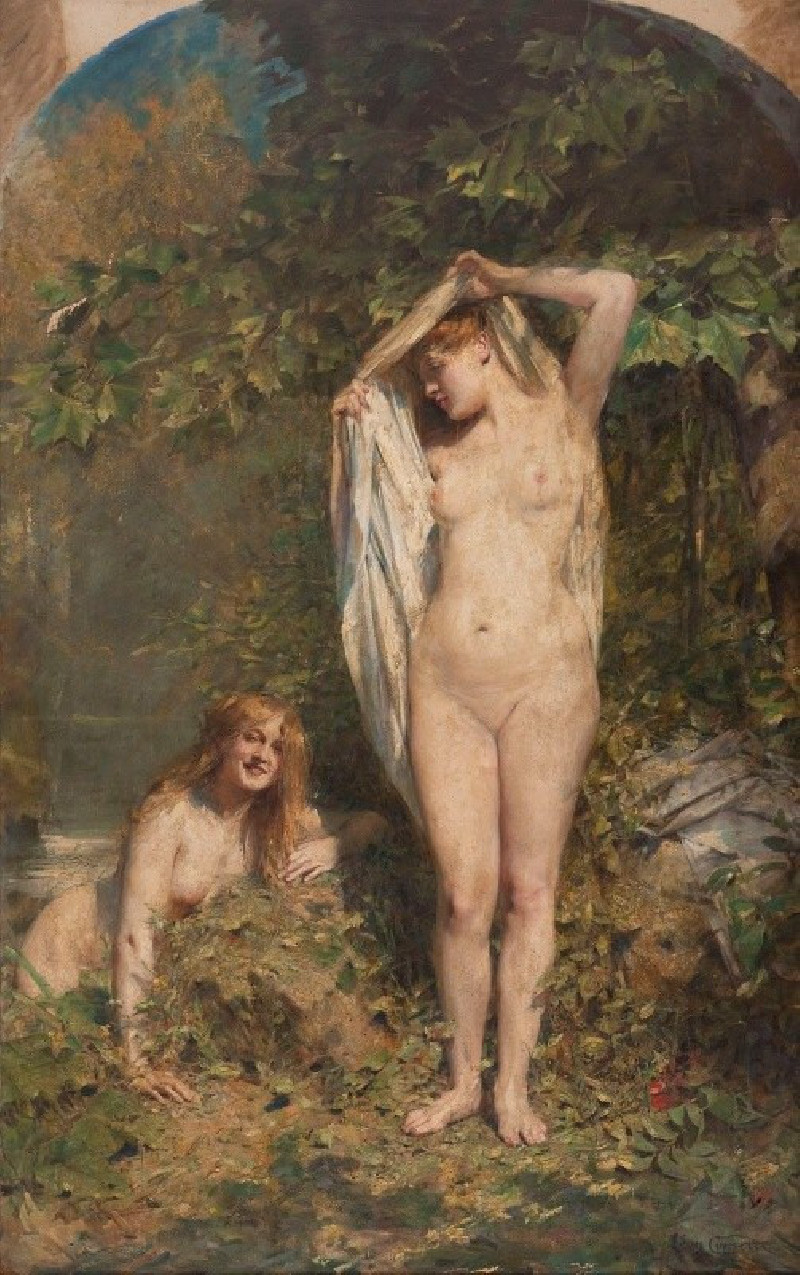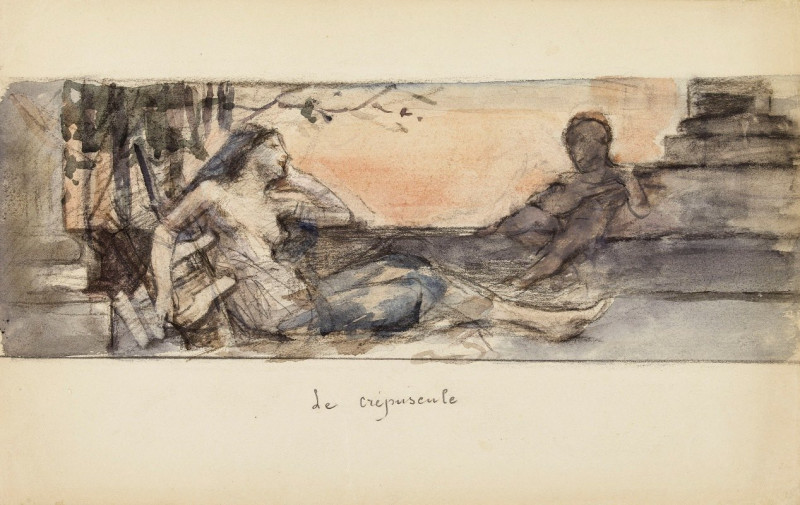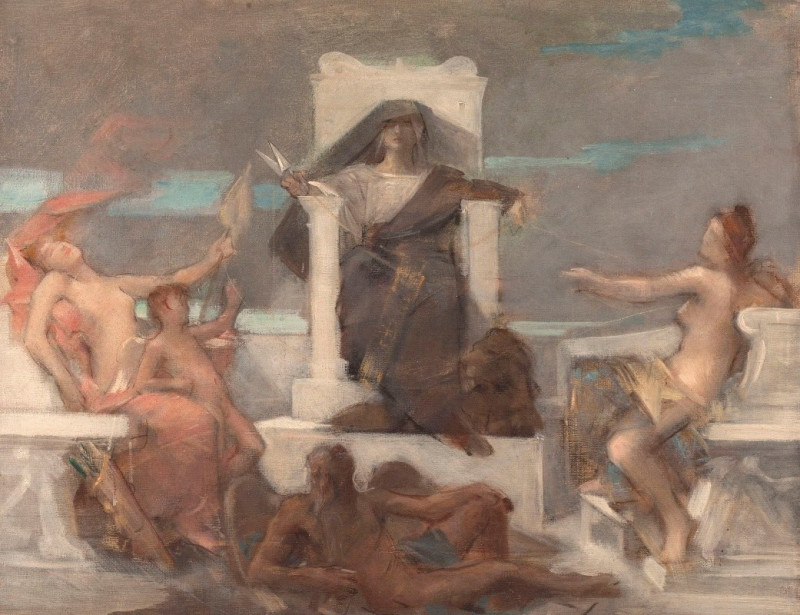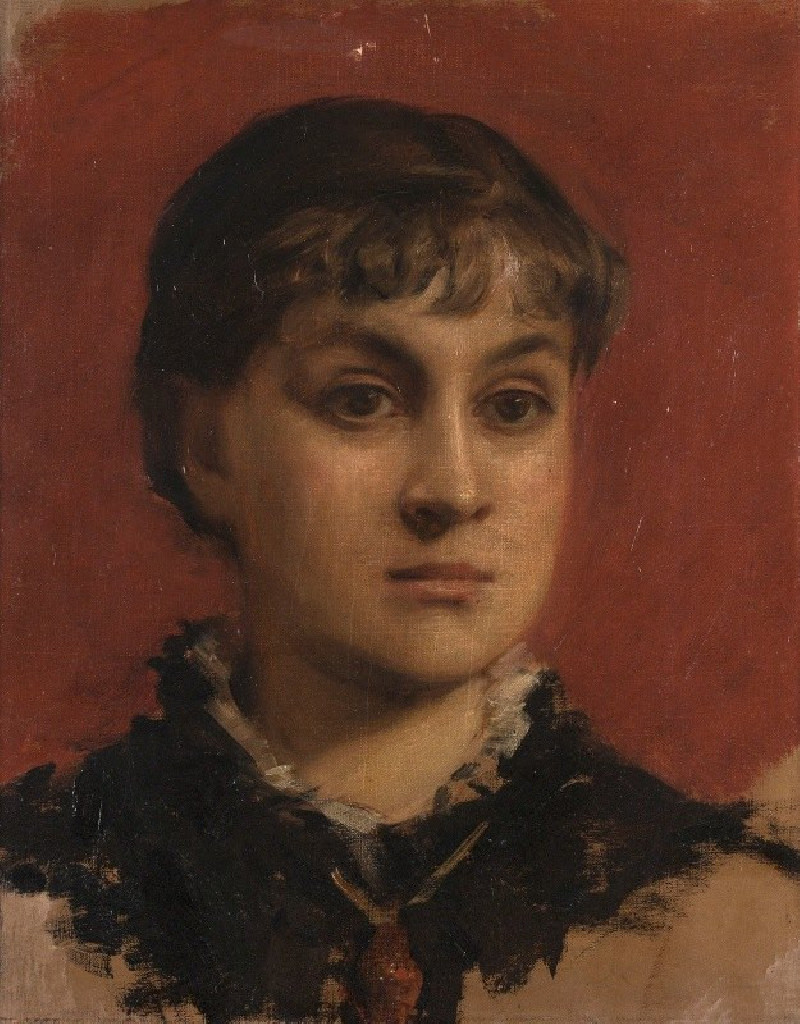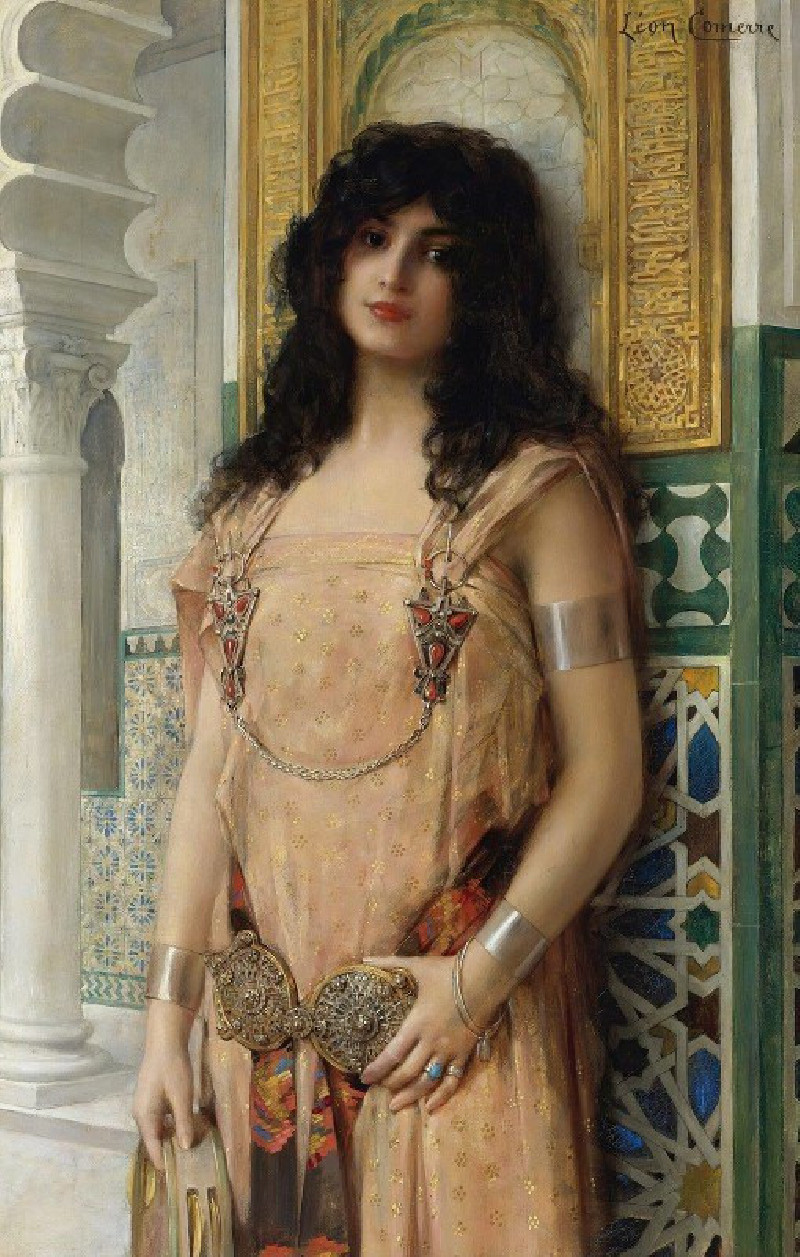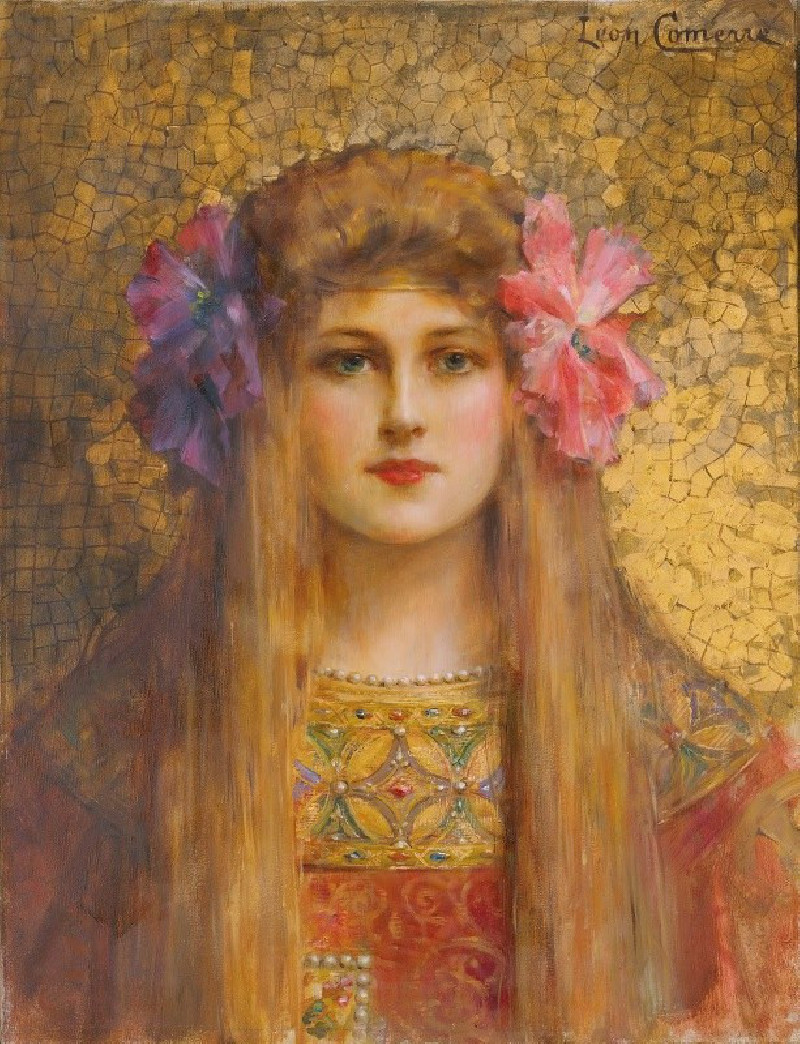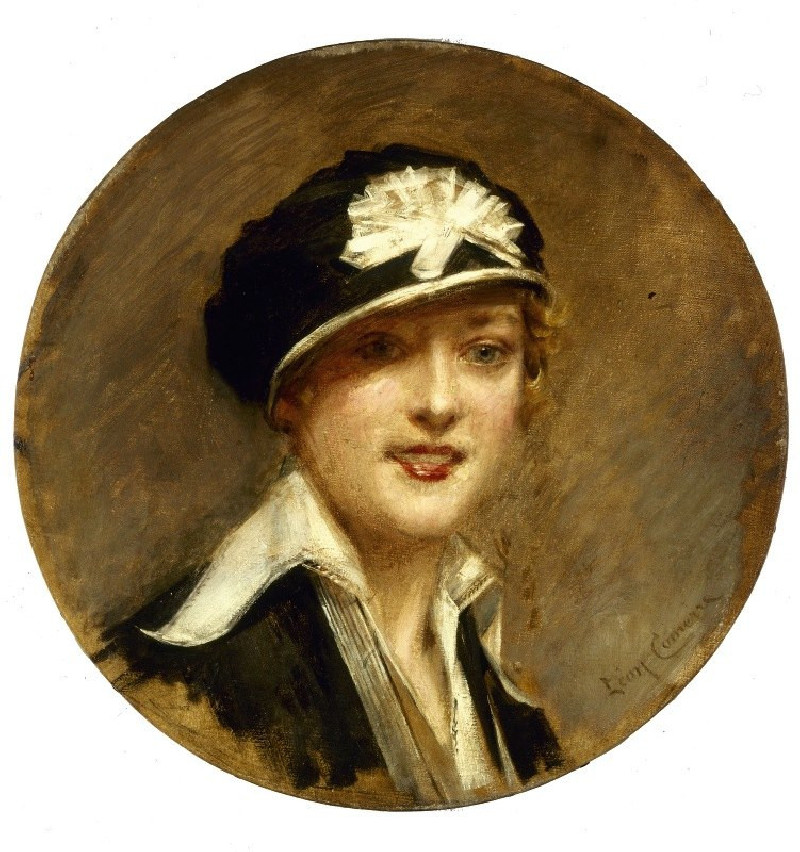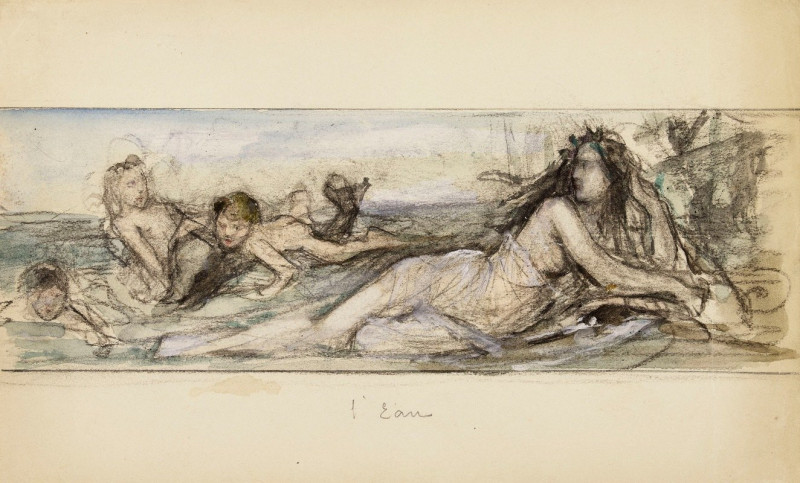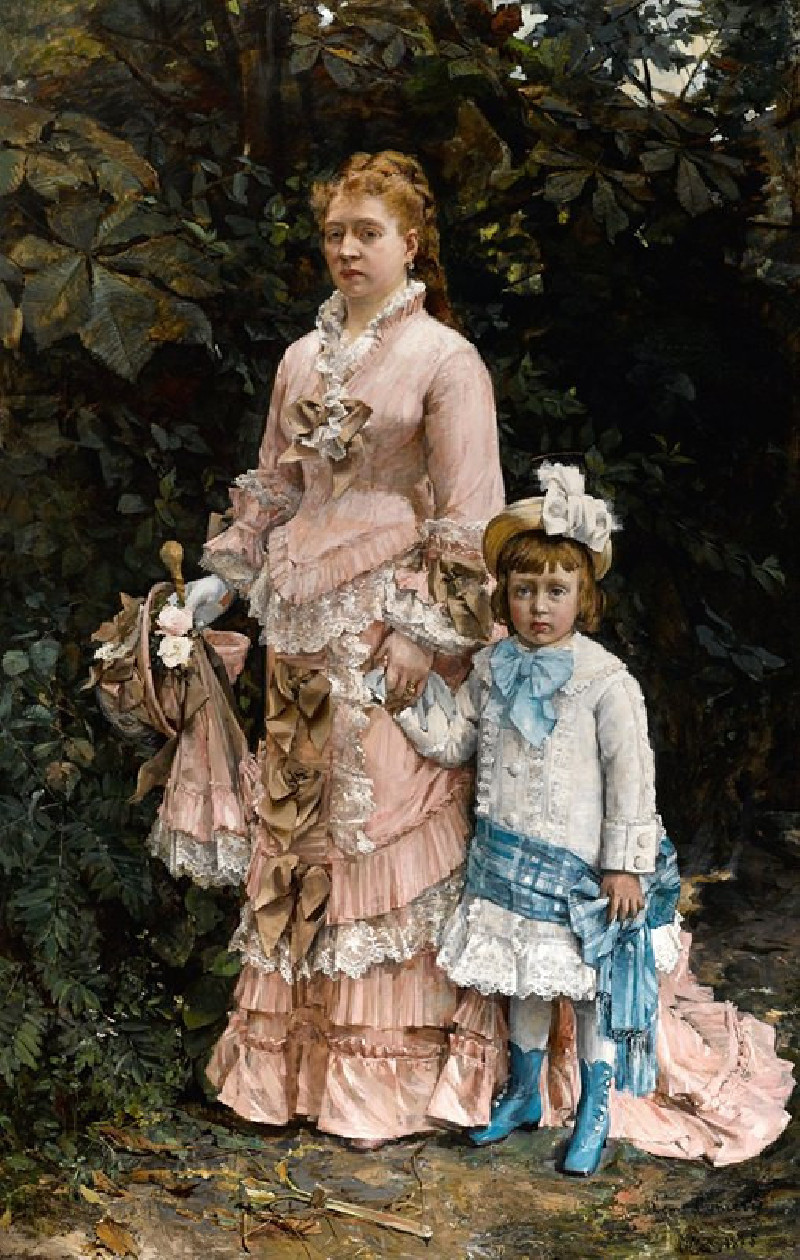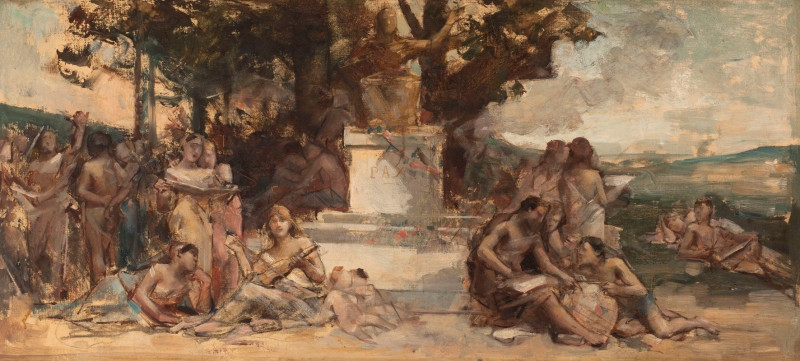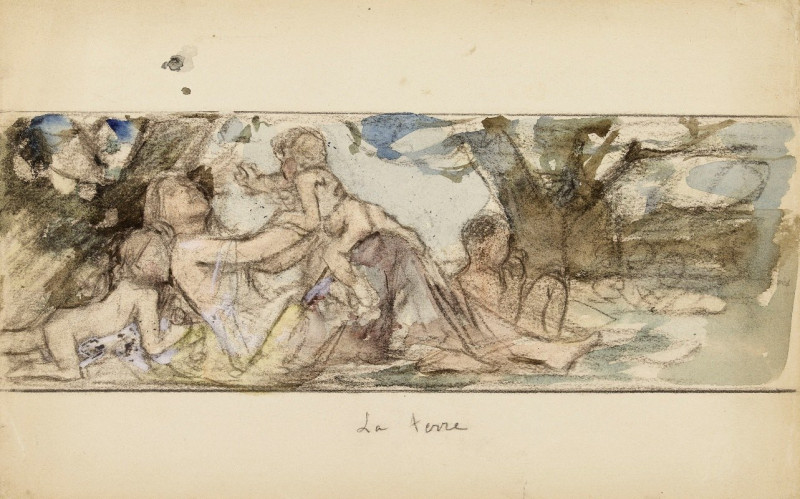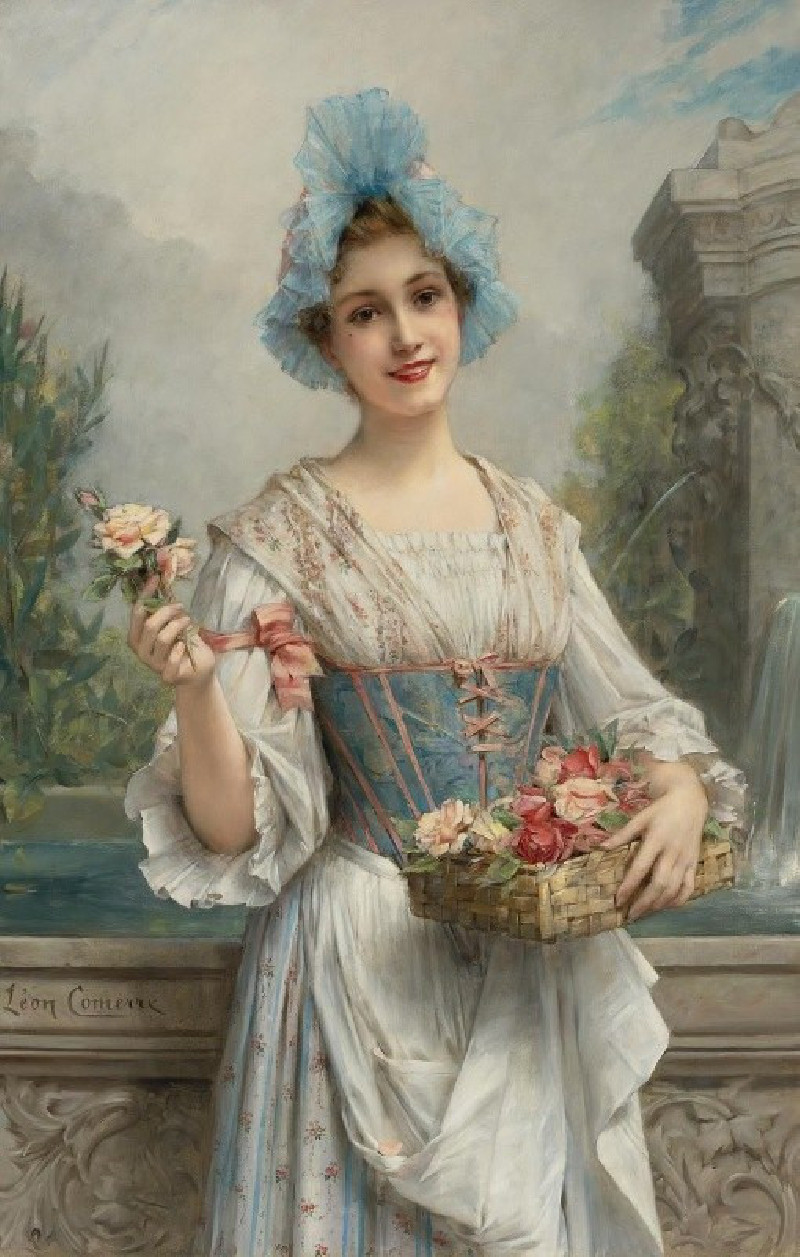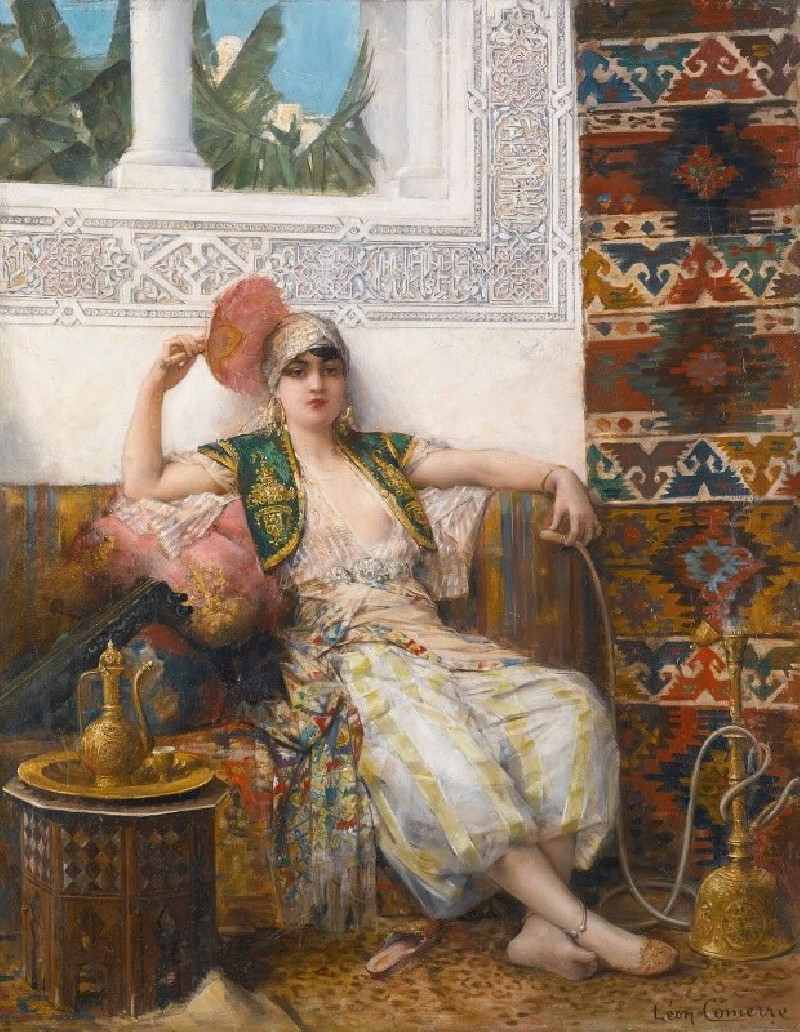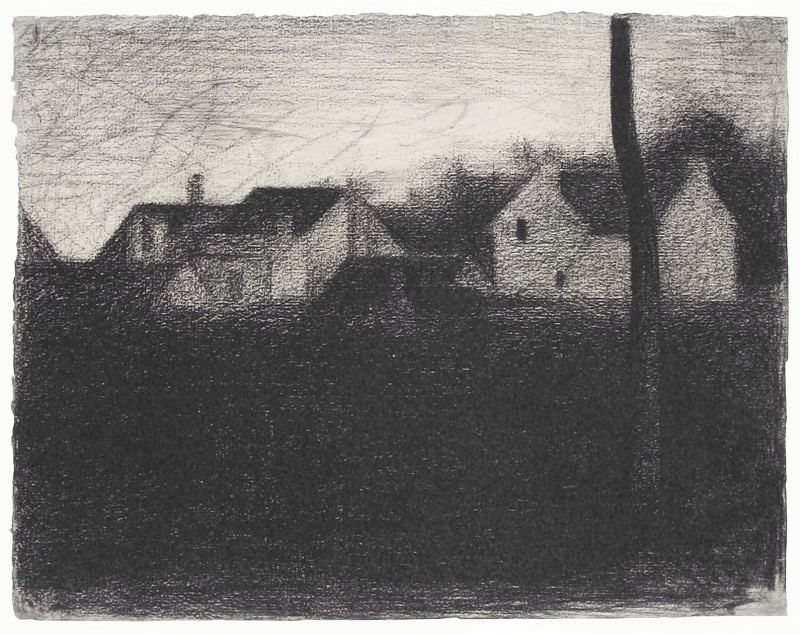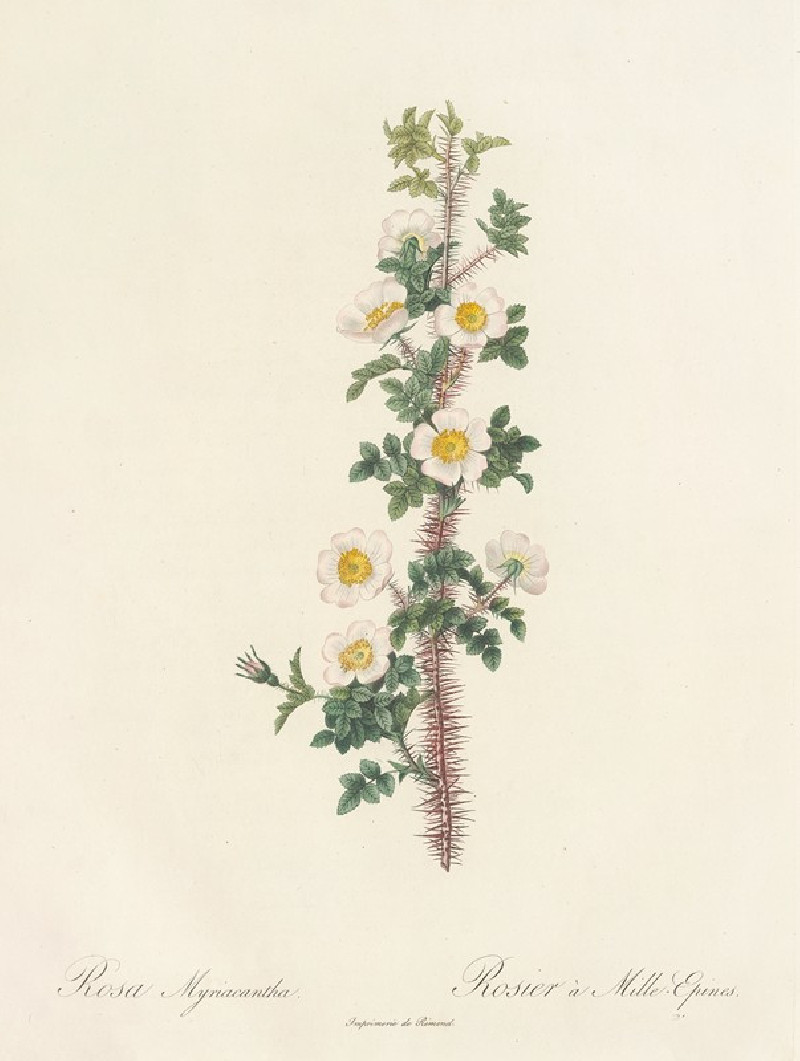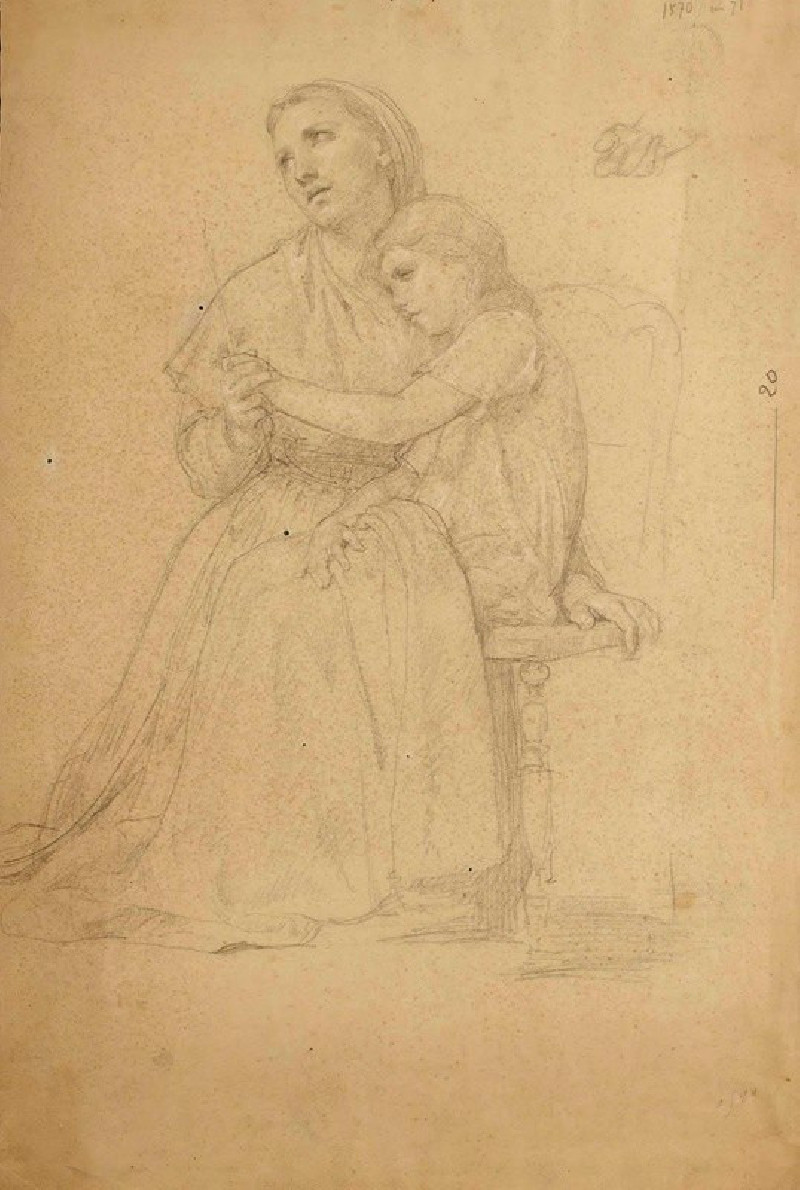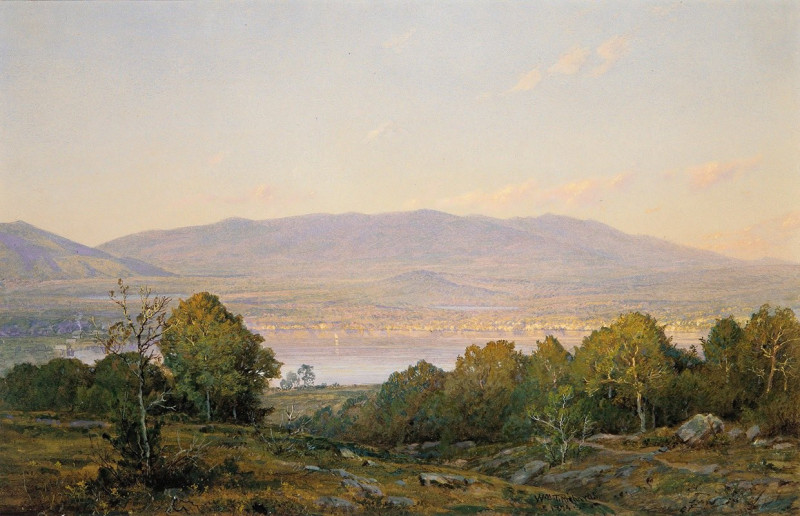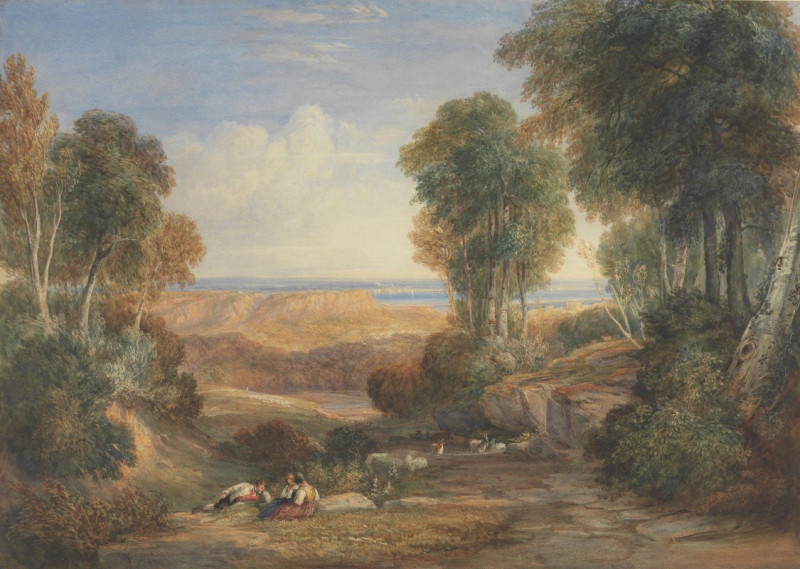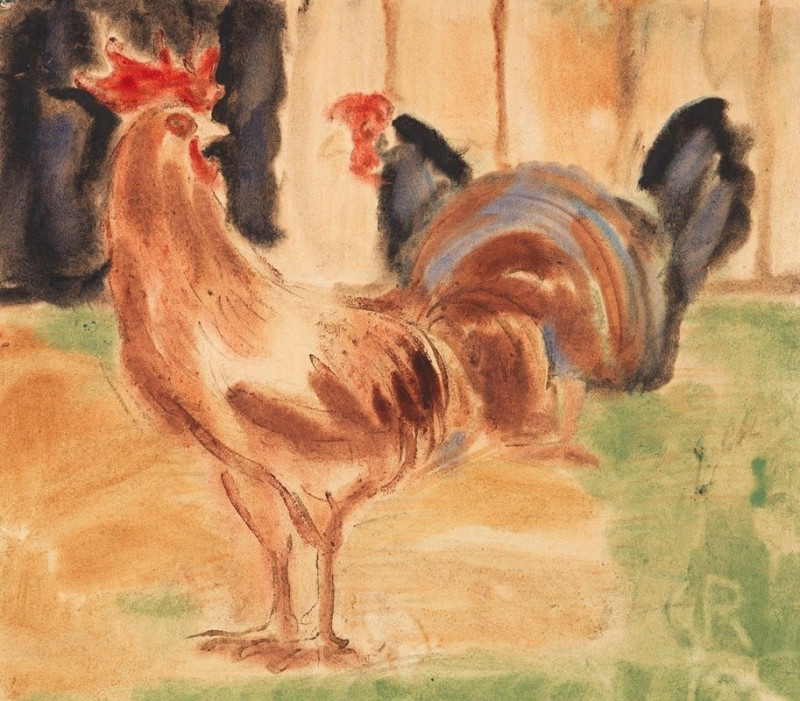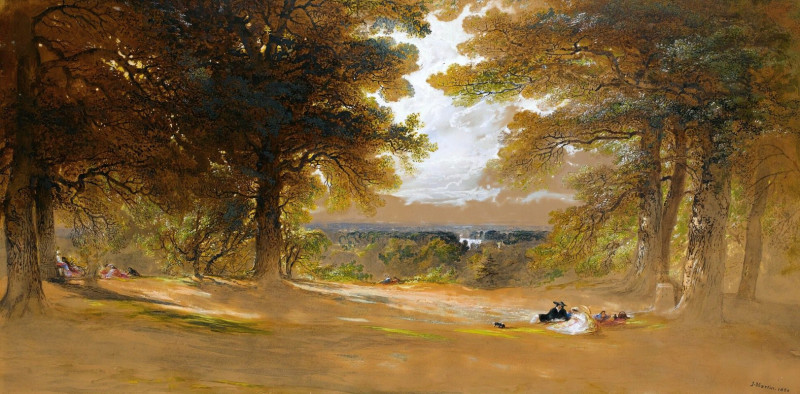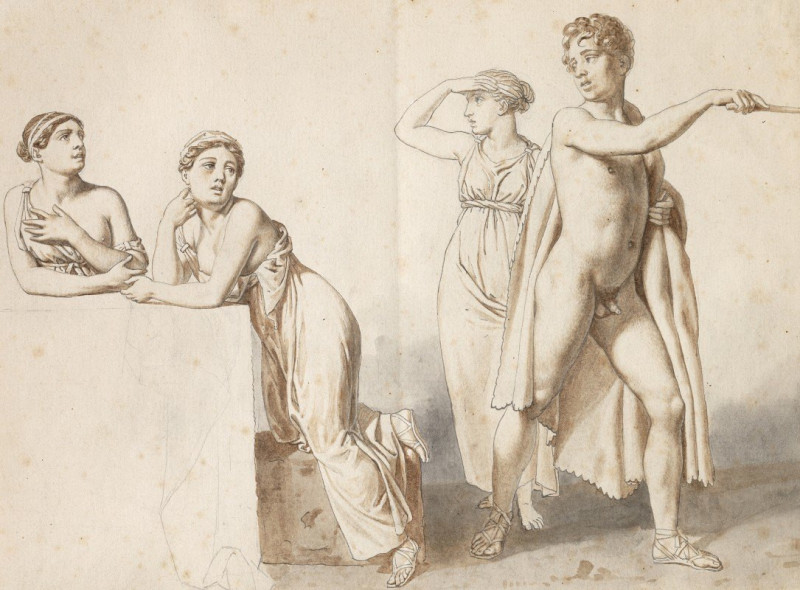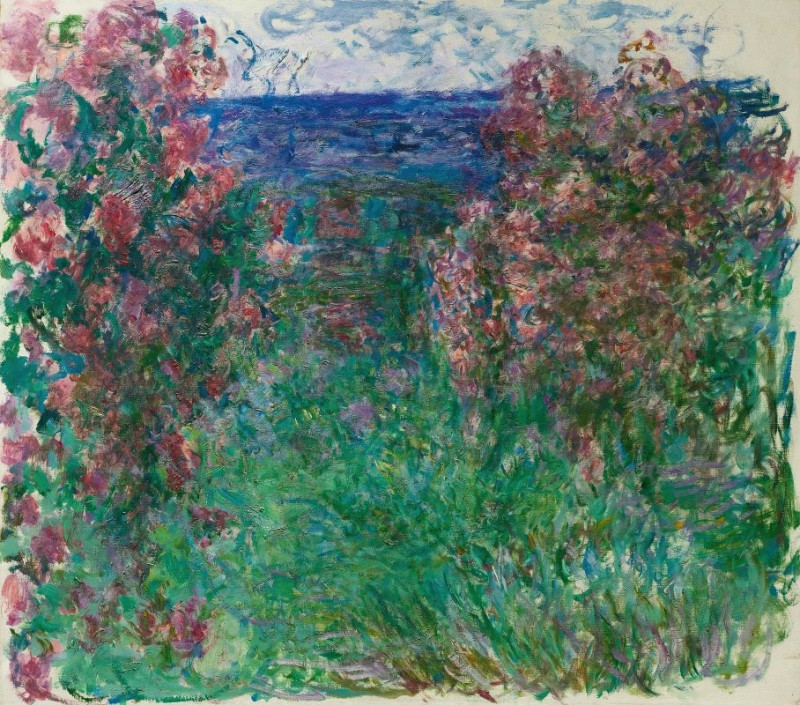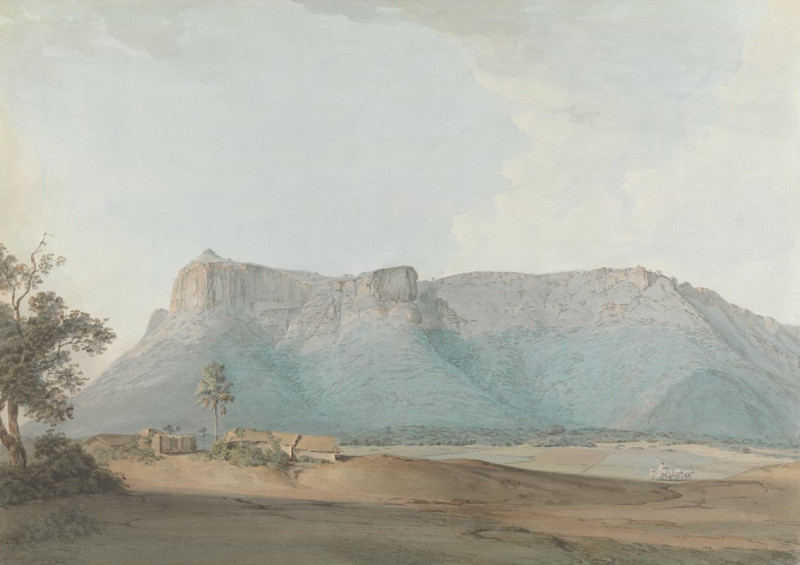The Lengendary Tunic
Technique: Giclée quality print
Recommended by our customers
More about this artwork
Dive into the evocative world of Léon François Comerre’s "The Legendary Tunic," a striking masterpiece of color, texture, and emotion that exudes an air of mystery and allure. In this captivating painting, Comerre expertly crafts a scene that merges tactile realism with a dreamlike atmosphere, inviting viewers into a narrative poised between myth and reality.At the heart of the canvas lies a young woman, depicted in a moment of vulnerability and contemplation. Her pose is both serene and sensually charged, as she reclines gracefully, her form partially draped in a translucent blue tunic that whispers stories of ancient days. The tunic itself, along with her elegant, dark hair adorned with a classical headpiece, suggests a connection to legendary tales and old-world glamour.The background and surroundings of the figure are rich with symbolic elements that stimulate the imagination. Intricate hieroglyphics and Egyptian motifs on the furnishings around her speak to a fascination with the ancient world, commonly explored during the exoticism prevalent in Comerre's time. A glimpse of a lush garden through an open window further adds to the atmosphere, offering a sense of seclusion and the exotic.With "The Legendary Tunic," Comerre not only showcases his skill with the brush but also his ability to weave intrigue through composition and thematic depth. This painting is a profound meditation on beauty, mystery, and the timeless fascination with the narratives of the past.
Delivery
Returns
Léon François Comerre was a French academic painter, famous for his portraits of beautiful women and Oriental themes.
Comerre was born in Trélon, in the Département du Nord, the son of a schoolteacher. He moved to Lille with his family in 1853. From an early age he showed an interest in art and became a student of Alphonse Colas at the École des Beaux-Arts in Lille, winning a gold medal in 1867. From 1868 a grant from the Département du Nord allowed him to continue his studies in Paris at the famous École nationale supérieure des Beaux-Arts in the studio of Alexandre Cabanel. There he came under the influence of orientalism.

